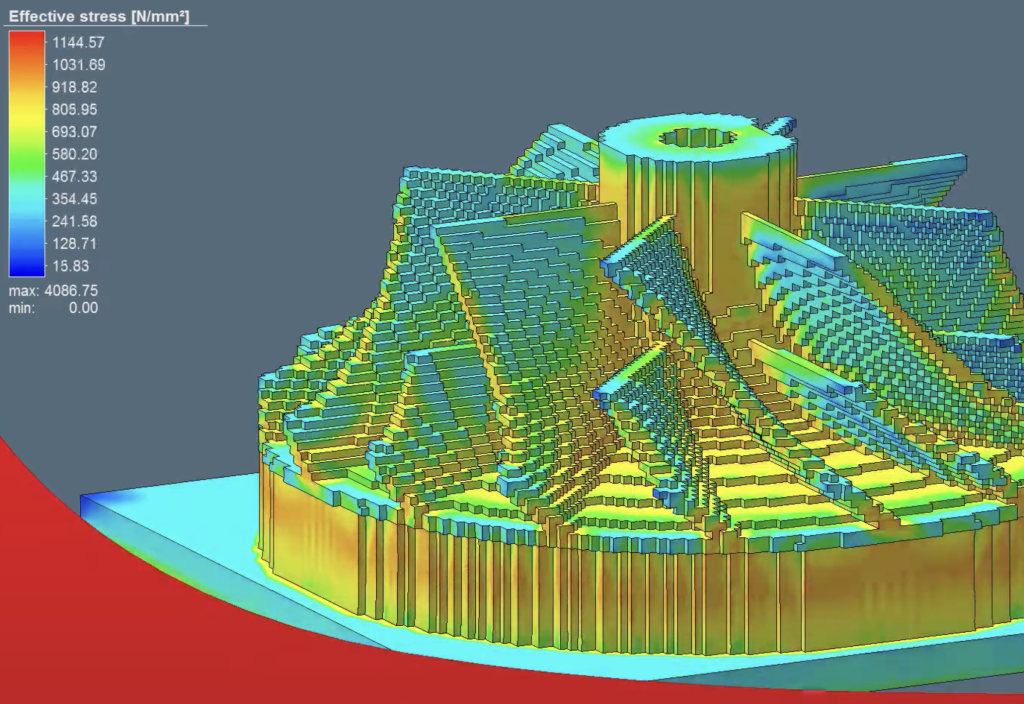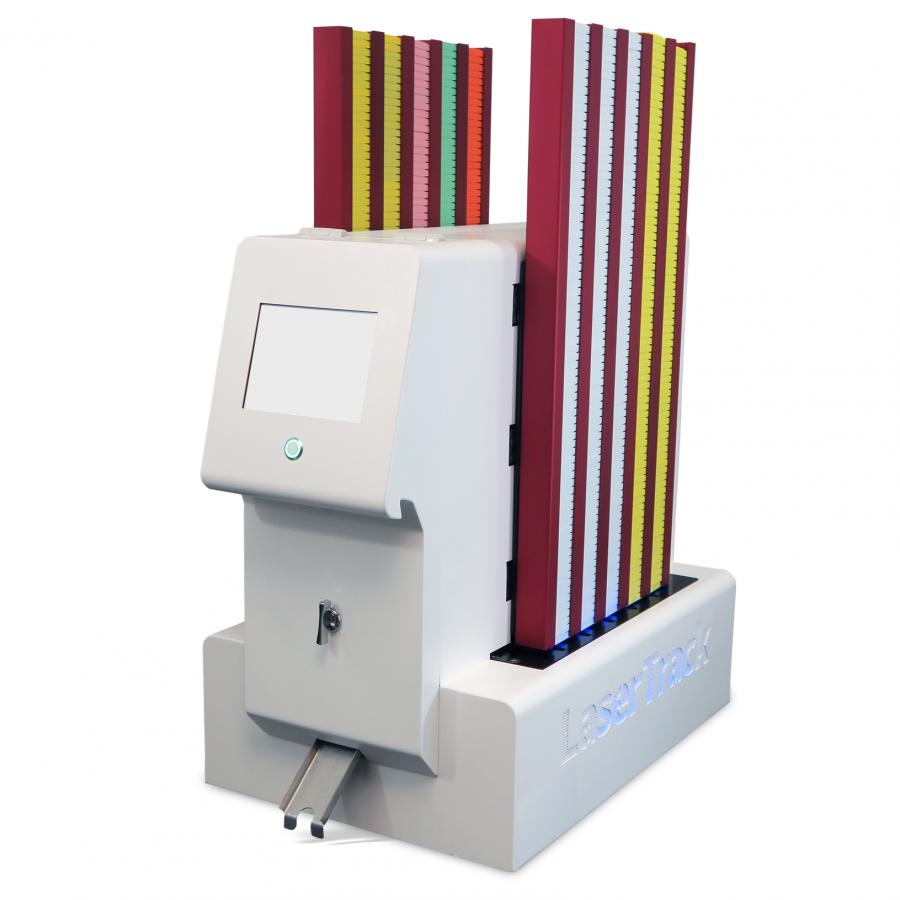Scientists create 3D-printed cheesecake
Columbia University researchers created a seven-ingredient cake using the 3D printer.
▶ Watch Video: The Sugar Lab prints out some of Los Angeles’ sweetest treats
The 3D printing technology is improving and people continue to find new uses. The latest innovation is cheesecake. Columbia University researchers created a 7-ingredient cheesecake using a 3-D printer. This could open up new ways to cook and offer several benefits.
Printing food isn’t as revolutionary as it sounds. Such printers have been used to make organs before, and similar technologies already exist in the food space – like pizza and bread robots, pasta printers and automatic cake decorators, the researchers say in the study, published in the NPJ Science and Food journal.
The researchers defined printed food as “the controlled deposition of an ingredient; as such, any ingredient that was extruded as a paste (e.g. peanut butter, Nutella, vegetable puree, mustard, ground beef, sausage, chicken nuggets),” and they say many existing processed foods can be considered “printed” by this definition.
All the ingredients needed to be transformed into paste-like substances in order to make the 3D printed peanut butter-banana-cheesecake with a cherry drizzle
a The final printed food product (V7). b A cross-sectional cut of the final-printed slice showing internal ingredients. c A 3D model rendering of the final food product. d A cross-sectional view of the cake showing how each of the ingredients are layered. These ingredients were used: (1) graham cracker dough, (2) peanut butter; (3) strawberry jam; (4) Nutella; (5) banana puree; (6) cherry drizzle; and (7) frosting.
NPJ Science and Food
All the ingredients were purchased at a New York City supermarket. No additional preparation was required for the peanut butter, Nutella frosting, cherry drizzle, and frosting. Bananas were mashable with a fork to fit the needle of the syringe. Grains crackers were mixed with butter and water to make a paste.
All seven ingredients were placed in the 3D printer. The layers of the cheesecake were printed using the 3D printer.
After seven different designs, the researchers found the construction of the print became similar to that of a home with “floors, walls, and ceilings being the foundation (graham cracker) and inner pools (Nutella and peanut butter) holding softer ingredients within (banana and jelly).”
Researchers claim that 3D printing food could enable cooks to manage the nutritional content and allow them to create more personalized meals. It reduces the amount of contact between food and people, which could help prevent spread of food-borne diseases.
 Researchers tested seven designs. They concluded that (e) adding graham crunch walls would better support the whole structure, and (f) sometimes the graham paste might form squiggles due incorrect z-height and drying.
Researchers tested seven designs. They concluded that (e) adding graham crunch walls would better support the whole structure, and (f) sometimes the graham paste might form squiggles due incorrect z-height and drying.
NPJ Science and Food
They see the printing of food as having sustainability benefits. Ingredients can be sourced locally, plant-based meals are possible, and foods can be preserved for longer periods.
Researchers believe that printing food could help with digestion and swallowing problems by offering new options for people who may not be able to eat the same bland food.
Some processed foods may have better texture, taste, cleanliness, shelf life, and nutrition. Researchers hope that 3D printing technology will help to prevent food nutrient loss.
Although 3D printers may seem futuristic, many have been used for years for a variety of purposes, including building organs and limbs to aid patients in need of transplants.
A University of North Carolina Chapel Hill engineer printed a prosthetic hand in 3D for a boy. In 2019, Researchers at Tel Aviv University created a 3D-printed heart, using a patient’s cells.
The Sugar Lab, a Los Angeles-based company that uses 3D printing to create candy, is located in Los Angeles. The machines can speed up the process of 3D printing houses by laying concrete in order to build the frame before the humans.






 a The final printed food product (V7). b A cross-sectional cut of the final-printed slice showing internal ingredients. c A 3D model rendering of the final food product. d A cross-sectional view of the cake showing how each of the ingredients are layered. These ingredients were used: (1) graham cracker dough, (2) peanut butter; (3) strawberry jam; (4) Nutella; (5) banana puree; (6) cherry drizzle; and (7) frosting.
a The final printed food product (V7). b A cross-sectional cut of the final-printed slice showing internal ingredients. c A 3D model rendering of the final food product. d A cross-sectional view of the cake showing how each of the ingredients are layered. These ingredients were used: (1) graham cracker dough, (2) peanut butter; (3) strawberry jam; (4) Nutella; (5) banana puree; (6) cherry drizzle; and (7) frosting.
